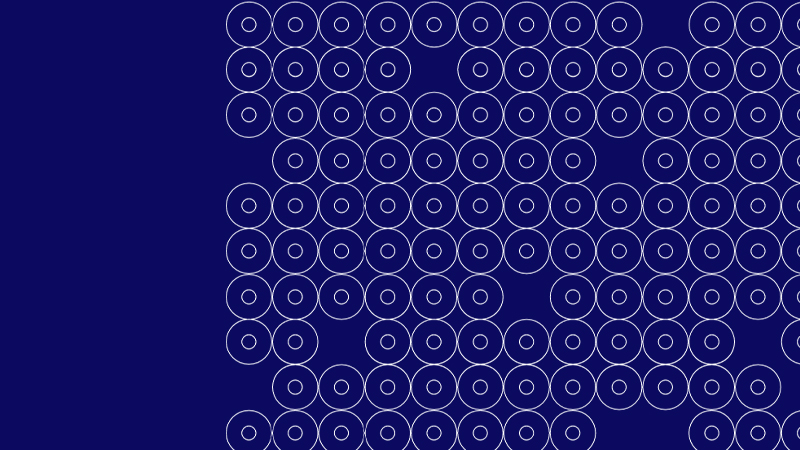New therapeutic approaches are urgently needed to control bacterial infections and safeguard the health of populations. The reviving of ND-AB and research on improving the efficiency of antibiotics by using them in combination with another antibiotics or a nonantibiotic can be a fast solution to overcome antimicrobial resistance.
The primary aim of this second joint call of JPIAMR is to combine the resources, infrastructures, and research strengths of multiple countries in order to overcome antibiotic resistance. The goal is to foster multinational translational research collaborations that can accomplish more than individual countries working independently, and improve the control of bacterial infections.
Call Topics
Sustain defense against AMR in human and animal health to reduce occurrence of resistance or overcome established resistance by:
- reviving Neglected and Disused AntiBiotics (ND-AB)
- designing combinations of ND-AB and antibiotic
- designing combinations of ND-AB and non-antibiotic
The activity of ND-AB and the synergy of the combinations of ND-AB with other antibiotics and non-antibiotic should be validated by testing for activity/synergy in vitro and in validated animal models with pharmacokinetic/pharmacodynamic (PK/PD) modelling.
Information & application
This call is closed.
Call text Antimicrobial Resistance through the JPIAMR 2015 (pdf 0,6 MB)
Funders
Argentina
Ministry of Science, Technology and Productive Innovation (MINCYT)
Belgium
The Research Foundation – Flanders (FWO)
The National Fund for Scientific Research – French speaking community (FNRS)
France
French National Research Agency (ANR)
Germany
The Federal Ministry of Education and Research (BMBF)
Italy
The Ministry of Health (MoH)
The Netherlands
The Netherlands Organisation for Health Research and Development (ZonMw)
Norway
The Research Council of Norway (RCN)
Poland
National Centre for Research and Development (NCBR)
Sweden
Swedish Research Council (SRC)
Supported projects
Three projects were awarded funding within the second JPIAMR Joint Call “Antimicrobial Resistance through the JPIAMR”. Click on the project titles in the list below to learn more about each project.

